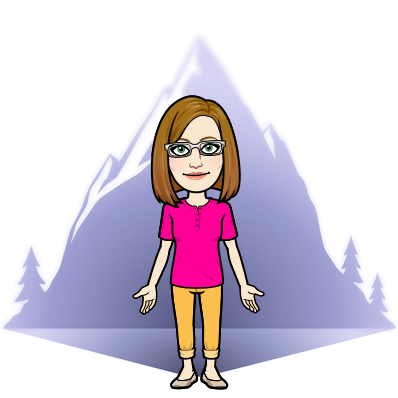Bulletin Board Sets Aren't Just for Hanging on the Wall
 Geography was never my thing. It definitely shows when it comes to teaching about landforms. I just don't get into it like I should. Well, admitting your weakness is the first step toward overcoming it. At least I hope it is. This year I am trying something new. Instead of hanging a lovely bulletin board display on the wall, it will spend some time on the floor. That's right, the floor! Here's the plan.
Geography was never my thing. It definitely shows when it comes to teaching about landforms. I just don't get into it like I should. Well, admitting your weakness is the first step toward overcoming it. At least I hope it is. This year I am trying something new. Instead of hanging a lovely bulletin board display on the wall, it will spend some time on the floor. That's right, the floor! Here's the plan.Give the pieces to the students and see if they can match up the different landform labels to the landform in the picture. This could be used at different times, for different purposes. It can serve as either a pre-assessment or post-assessment. It could even be used as practice during the learning sequence. I've decided to use it as an engagement and knowledge building tool.
This is how it worked. I actually purchased 4 sets of the same bulletin board. During class, students were divided into groups and given all of the parts. I also provided them with geography pages from their social studies workbook. These pages had some of the same landforms as well as different landforms labeled. The students used these to try to place the labels on the bulletin board pictures. Each student also had a matching worksheet with 15 landforms and descriptions. Once the landforms were labeled on the bulletin board set, the students tried to match the landforms with their descriptions on the worksheet. After about 20 minutes, I gave each group one final resource: the packaging that had held the bulletin board pieces. This of course had a picture of the finished bulletin board. As the students put it, "She gave us the answer key!"
Why would I give them the answer key? Well, you should have heard the conversations that were taking place. In order to label the picture, they had to locate the label (call out the landform) and describe where they wanted their group members to place it. When we come back together to talk about the difference between a mesa and a plateau it will make more sense because they have already located them in the picture and talked about their shapes.
What would this have looked like in the past? The teacher talks about the landforms and maybe shows a picture. Students sit in their seats with blank stares as the teacher talks and shows pictures. If you're lucky, the teacher pulls up Google Earth or a video to make it more interesting. The students might even draw a picture or write down some notes. Not much learning was really taking place.
I'm pretty excited about using this method as an introduction into the landforms unit. Every student was engaged and more learning was taking place as a result of the communication that was required to complete the task.

Comments
Post a Comment